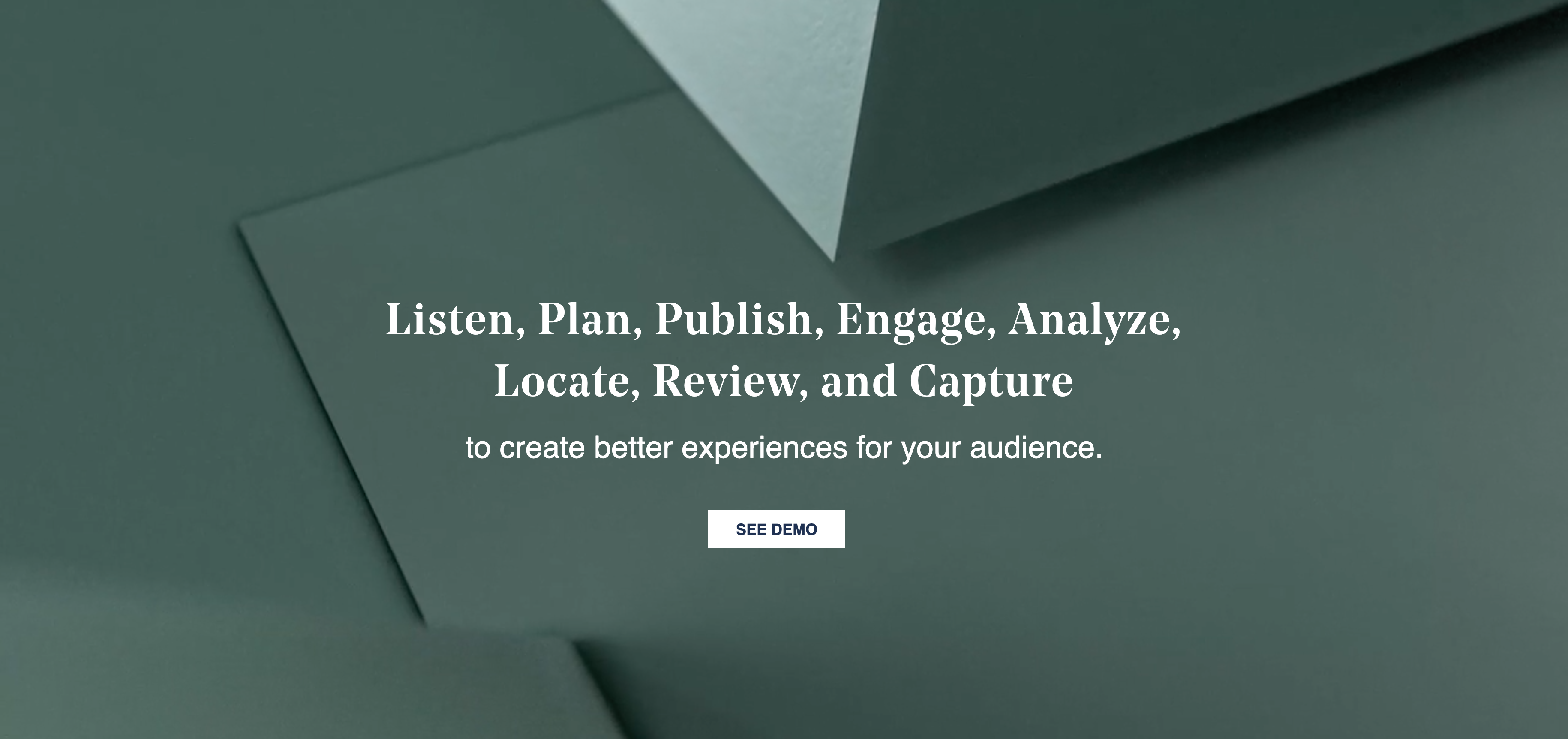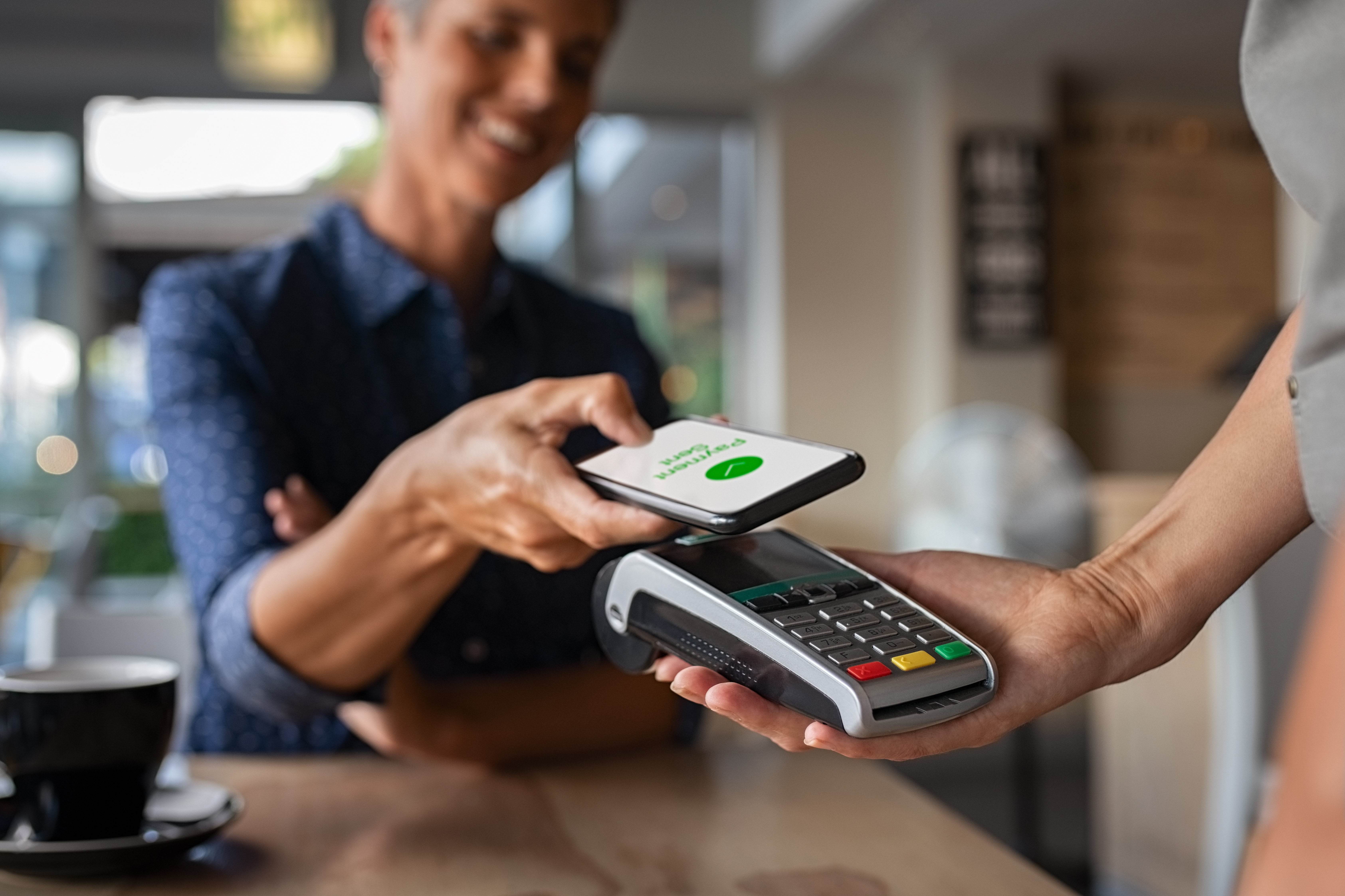What's the goal with any new customer? Keep ‘em hooked!
Let’s face it though, you’re probably not selling products that create physiological dependence. So, that means you need to rely on a little lesson from Isaac Newton instead: an object in motion stays in motion. In other words, a customer who says yes to you is more likely to keep saying yes.
So, how do you keep them saying yes, especially since people are becoming more and more resistant to marketing and sales?
They tend to rely on their own research and to jump immediately to a better deal, regardless of how many times they’ve purchased from you.
When customers do this, they see your company as a commodity. And one that’s buried among the competition. To alter that perception and better compete, brand needs to be adapted so you can set yourself apart. At this point, what you say might not be as unique as it once was and how you say it might be your secret weapon.
Branding, like farming, yields results slowly. But it informs your earliest decisions. You need to know where to plant and prepare the ground. Similarly, you need to know your audience—their pain points and needs that, if not addressed, result in higher churn, lower customer growth, and a weaker foundation for positive customer experience. In other words, hook customers by making them love your brand before it even becomes all it can be.
Prepare the Ground by Addressing Customer Churn
Alright, I’m about to point out a mistake all of us marketers make too often: we arrive at work, sit at our desk, stare at our computers all day, and we talk to it rather than to real people- our customers. When we do that, we actually enhance customer churn.

Why?
When we forget we’re talking to real people, our communication tends to lessen. It becomes too general, less personal. Customers want a genuine, human connection. And when they don’t get it, they don’t want to repurchase from your company, they don’t think their feedback will be listened to, and they certainly won’t love your brand.
Low Customer Engagement after a Purchase
There are three ways to improve a customer’s engagement with your brand after they purchase:
- Identify the right topics that will resonate with customers and motivate them to promote your brand
- Engage directly with them
- Create an online environment they can be proud of.
By identifying the topics your audience is interested in, you can create a strong emotional connection with them. It’s just like making a friend, really. Get to know which trends they’re interested in, which of your products or services are most popular, which charities they favor, and the list can go on and on, then talk with them about it.

But how do you identify the topics? With social listening (or as we call it: social customer experience).
With listening tools, you can observe conversations around your brand. These will highlight what other interests your customers might have. You can then brainstorm ways to incorporate those interests into your marketing efforts.
And since you can observe all the conversations around your brand, you can also engage directly in the conversations. Customers want to hear from you. They want a down-to-earth connection. As Andrew Reid, Founder, President and Chief Product Officer, Vision Critical explained, “Find a way to be personal with your customers and connect with them on a human level.”
The more you create content that resonates with customers and engage with customers, the more vibrant your online presence will be.
.png)
Consistency is when customers perceive each interaction with your company as similar. It creates familiarity, reliability, and trust. Through consistency, your customers will come to know you as they would one of their friends, and they’ll come to treat you like one
This healthy, living environment, tailored to your customers, will encourage customer retention and make potential customers more willing to check you out.
Customer Feedback
Social listening tools have another benefit: getting feedback on your products or services.
Did a product release not go well? Find out why. Is a product actually solving a need you weren’t expecting? Find out how to better address that need with either that product or make a new one.
They may not be giving their feedback directly to you online, but, with social listening, it is criticism you can see and utilize. And if you surprise them by showing you listen, how much more likely will a customer be to continue, and even further, their relationship with you?

“Listening to feedback makes customers feel more appreciated and part of the value creation process.” – Ray Poynter, Director, Vision Critical University
Often we hesitate to ask customers to give a review or other direct feedback. While social listening allows you to gather feedback unobtrusively, asking for direct feedback shows that you have the courage and humility to ask advice. It makes customers feel important and included.
If you’re still hesitant, know that people will generally say yes to these inquiries. Yes, they have busy lives. But who doesn’t. Make it an easy process, ask, and you shall receive.
Customer Growth
Alright, let’s go back to why we call social listening social customer experience. Well, for one social listening is a poor name for what it actually entails.
Listening is the ability to accurately receive and interpret communication. While this is a big part of social listening, there is so much more to it.
Social listening actually means gathering insights on customers across social, then using social listening tools to enact strategies based on those insights. It’s all about data analysis and leveraging social media insights for your benefit.
That’s why we call it social customer experience. Because customer experience is really what social listening allows companies to create. And create better than ever before. Through gathering and interpreting customer insights, you can focus on the customers and make and enact strategies focused entirely on them. The better the customer experience, the more you’ll experience customer growth.
How? Well, let’s go through the process.
With the insights you get from monitoring your audience, you can plan strategies with easy team coordination platforms. Then, publish those strategies to all social channels, and use your listening monitors to watch for engagement, so you can respond within minutes. Then analyze the data you get from strategies to refine them and start the process again. By analyzing you can adjust strategies that aren’t working almost immediately and easily add in new trends as they come along.

It all becomes an endless loop that continually informs and allows for unified, consistent efforts to connect meaningfully with customers, bringing value to their experience.
As you use these tools, remember, just like you, customers are asking “what’s in it for me?” By shifting focus from “what’s in it for me?” to “what’s in it for my customer?”, you will create a strong customer-centric foundation for your brand.
The more customers come to trust you through their good experiences, the more likely they are to buy more of your products or services and purchase more expensive items.
As Derek Sivers, Founder CD Baby, says, “The single most important thing is to make people happy. If you are making people happy, as a side effect, they will be happy to open up their wallets and pay you.”
We’ll be discussing more about how social customer experience can improve your customers’ loyalty behaviors at our webinar Increase Revenue with Social Customer Experience on March 18th. Register to learn more!

